Relonch’s Radical Camera Uses AI To Edit Your Photos (And Isn’t Ready For Prime Time)
From the second you meet Relonch cofounders Yuri Motin and Sergey Korzhenevich, you can tell they’re excited about photography. Moments after I stepped into the two’s new store in Palo Alto, they were excitedly showing me photos they had taken and sharing books loaded with aspirational images, one full of candid shots of Barack Obama.
“We believe that the most important parts of our life are between special occasions,” says Korzhenevich. He found that the impromptu photos of Obama, for instance, were far more powerful than those taken at events where the subjects were posed.
It’s that dream that brought them to the launch of their new camera, the Relonch 291, which they want you to take with you everywhere to snap the moments that make up your own life. Described by its creators as “a camera as a service,” the device has the recognizable shape of a chunky point-and-shoot digital camera and packs a large APS-C image sensor of the sort used by serious cameras with removable lenses, such as DSLRs. But the Relonch camera has no controls, no zoom capability, no memory card slot, and no display to review your finished shots. The only thing you can do with it is press the shutter button and snap a picture. You can’t even connect the camera to your computer to download pictures once you’re done.

While many might consider those facts to be severe limitations, Motin and Korzhenevich believe that they’re benefits. Instead of storing pictures to be downloaded later, their camera uses a 4G radio to instantly transfer them to the cloud. Once they’re there, an AI program nicknamed Alfred will edit the 20-megapixel photos before sending them back you via the company’s app the next day.
That’s right: You need to wait until the next morning before you’ll be able to see any of the pictures you take. The idea is that what you get back are the best of the best of the photos you took, all with a look that makes them seem more like they were shot by a professional than by an amateur with a point-and-shoot camera.
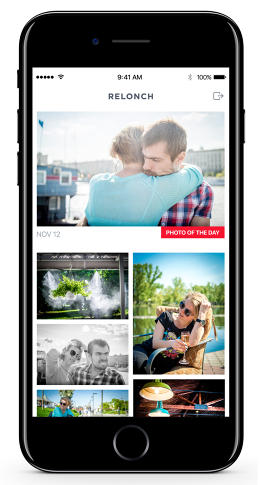
Relonch debuted back at the Photokina trade show in 2014, with a case for the iPhone 5 that added a larger image sensor and lens to the phone. The company then realized that the issue it was trying to solve was both a hardware and software one, so it scrapped the project. Last year, it launched an app by the same name that used stencils to help you frame the perfect shot. That too has been scrapped in order to make way for the new camera.
The duo, along with their cofounder Nikolay Babich, hope you’ll ditch your traditional DSLR for the service. The camera itself is free for users, who pay a monthly fee of $99 for the camera’s editing capabilities. They’ve set up a store in Palo Alto—and plan to open one soon in New York—to show off the camera to prospective buyers and let them take it on a test-drive for three days. The hope is that spending time behind the lens will encourage shutterbugs to sign up as paying customers.
So is it worth it? I took one of the cameras for a spin for a week to see. While the prospect of having my own personal photo editor was intriguing—and the AI service shared some images that looked terrific—the experience was rougher than I expected in multiple ways.
Flashback To Film
While I was initially apprehensive about having to wait until the next day to see photos I took with the camera, I warmed to the concept fairly quickly. In a world where we’re used to getting everything now, the idea of taking a photo and just continuing on about my business has its appeal.
My boyfriend and I took the camera along with us to his company’s holiday party and casually snapped shots along the way. Whereas I might normally have spent time afterwards crafting the perfect Instagram or Facebook caption for an image, I instead just took a picture and kept going. The experience took me back to the days of film cameras, where I would snap pictures and hope they turned out later. It was also a departure from my current practice of taking a handful of similar shots in order to get the perfect framing and lighting.
Surprisingly, I actually enjoyed not being able to see or do anything with my photos right after I took them. When I got home there was no need to download anything or clear off my memory card, I just had to wait for the images to magically show up.
Based on my conversation with Motin and Korzhenevich, I had anticipated receiving one of each series of photos I took, similar to how the burst mode on a garden-variety camera might select one of the best options. Instead, the camera sent me back just four photos from the entire evening. The AI photo editor had determined all the rest weren’t worth sending back.
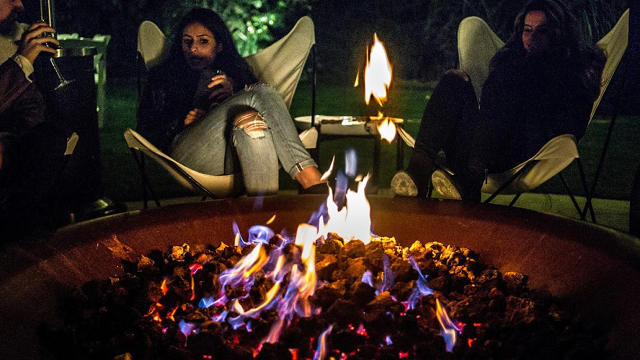
The party venue was quite dark, so admittedly some of my snapshots might have been a bit too dark to come out well. But it was still exceptionally disappointing to carry around the device all night long and then have some of my photos lost forever. With a conventional camera, I could have edited a bad shot after the fact. But with no way to review images on the Relonch, there was no way to know which photos—if any—needed help.
There’s also no way to know why the Relonch service doesn’t return a photo. I received a great photo of my boyfriend and I from the party, but another one we took with a friend moments later, seated in the same chairs, didn’t make the cut. It’s hard for me to believe that the lighting was amazing for the one picture, but so bad the second shot was unusable. The algorithm had essentially edited a friend out of our evening.
Relonch told me via email later that it’s working on improving its technology, so you always get the best pictures and you always get one from each series. But the company added “We believe that you won’t need every photo from each sequence you take. Think of how many unused and unedited photos you have on your mobile device, memory cards, and computer. There are hundreds of thousands for you to go through.” Fair enough. But what about those images you do want?
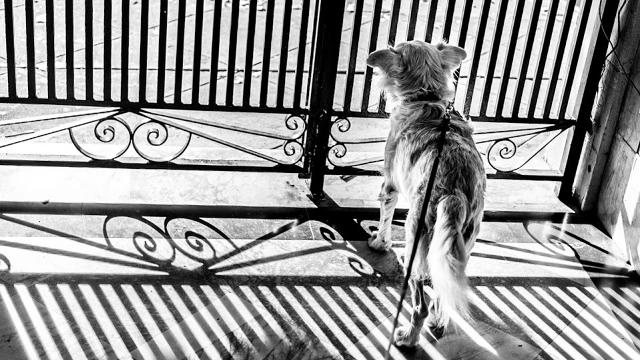
The Case Of The Missing Photos
Missing photos was unfortunately a theme for my week with the camera. A group of images from a lunch included a few great portraits and a random picture of my sunglasses on the table, but left out the picture of our meal we spent a good deal of time framing perfectly.
The biggest disappointment was a trip a friend and I made through Joshua Tree National Park. We pulled over numerous times throughout the drive, and I meticulously snapped dozens of pictures with Relonch’s camera. The next morning, my dreams of a Joshua Tree-themed photo collage on my wall were dashed when I got just four images back.
Russian roulette with casual party photos might be tolerable, but when it comes to vacation pictures, it’s unnerving to think that you might not get the pictures back that you take along the way. Luckily, I had opted to take a number of shots with my smartphone on that drive as well.
Throughout my week with the camera, I also ran into issues with just snapping pictures. On a morning walk with my dog, for instance, I could see the photo I was trying to take through the viewfinder, but when I pressed down on the shutter button, nothing happened. Relonch said this was due to a low battery, which certainly may have been the case; however, most other cameras will let you keep snapping until the battery is fully kaput. (With its built-in 4G radio, the Relonch must be charged each night, not casually stowed away like another camera.)
The viewfinder was also problematic. On numerous occasions, both at the dark holiday party and in the bright desert of Joshua Tree, it just stopped working. While the shutter seemed to snap—unlike when the battery was low—I was unable to see what I was taking a picture of. Relonch says that my experience isn’t something they’ve seen with beta testers thus far.
Hardware defects aside, in general, darker situations were a no-go for the device. The camera refused to take photos of friends sitting around a campfire—admittedly a low-light situation, but one that my Samsung Galaxy S7 had no issue with. When a smartphone can outperform a camera with a beefy sensor, carrying a $99/month fee, something is amiss.

Truth be told, at this point the Relonch 291 is more problem than solution. Some of the biggest issues with the camera lie in its AI, which is still a work in progress. Over time, that technology could get smarter. Will it ever be good enough that I want to tote around this camera everywhere I go? My guess is no. While I loved the pictures Relonch’s service decided to send back to me, I wouldn’t pay $99 a month for that privilege. After just a few days with the device, I had already started to default back to my trusty, much more portable smartphone.
With its AI-infused underpinnings, Relonch could well turn out to be a preview of what the future has in store when it comes to photography. Sadly, that future isn’t quite here yet.

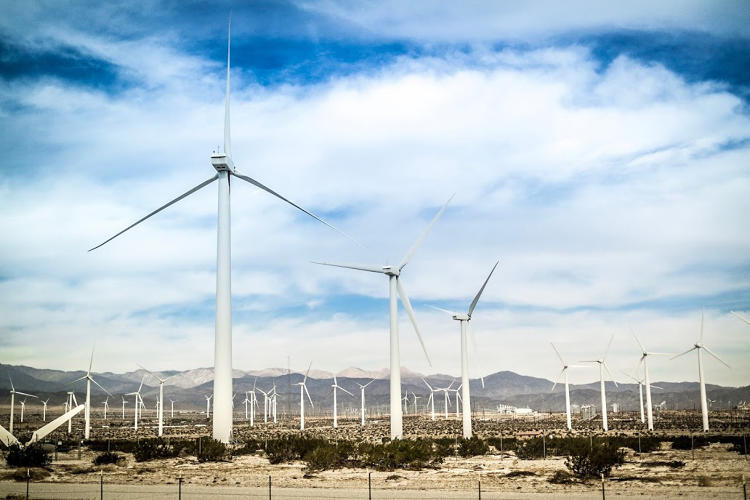
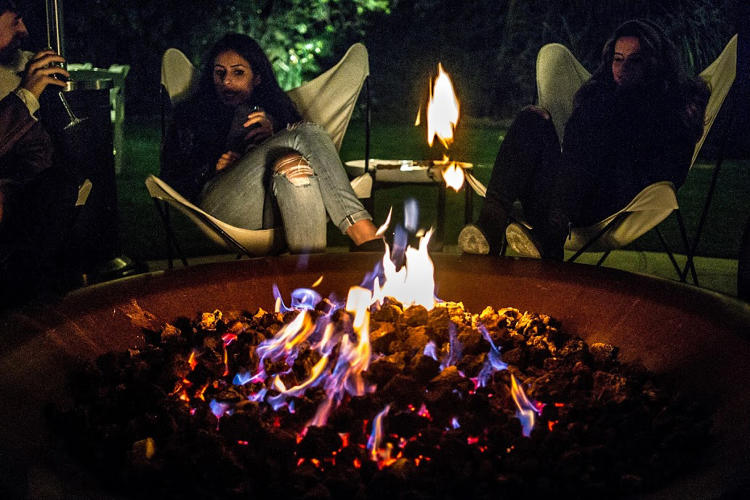
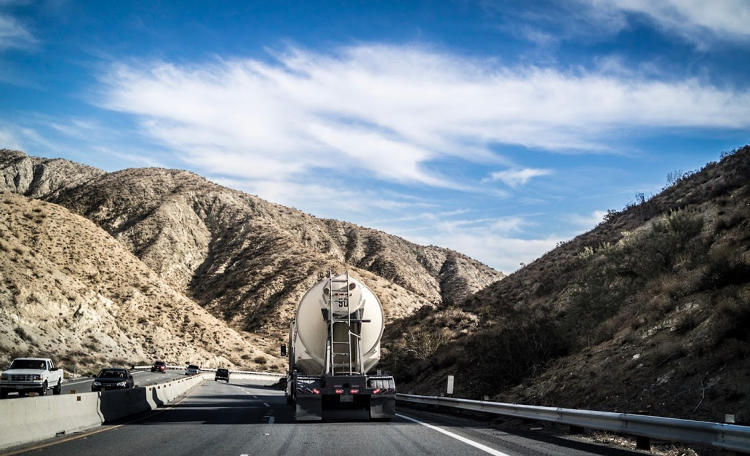
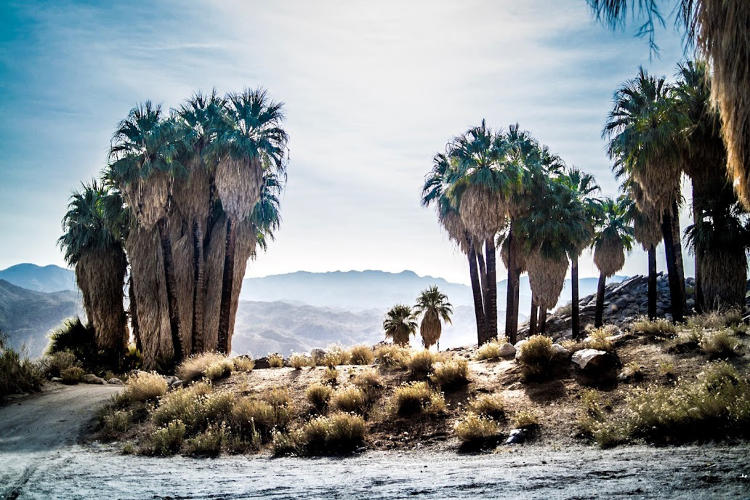
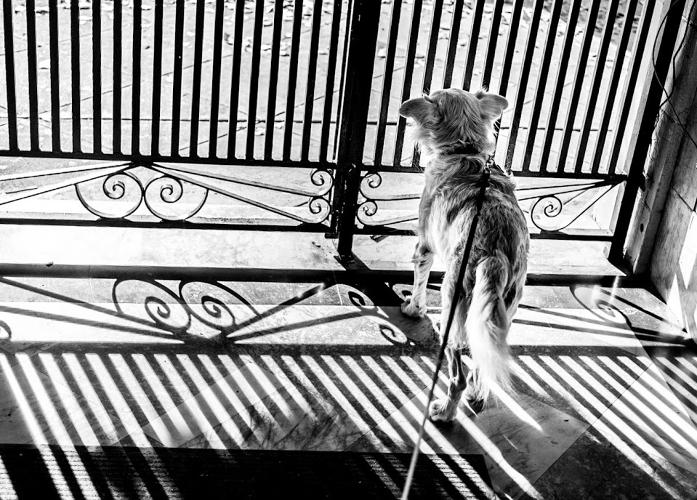
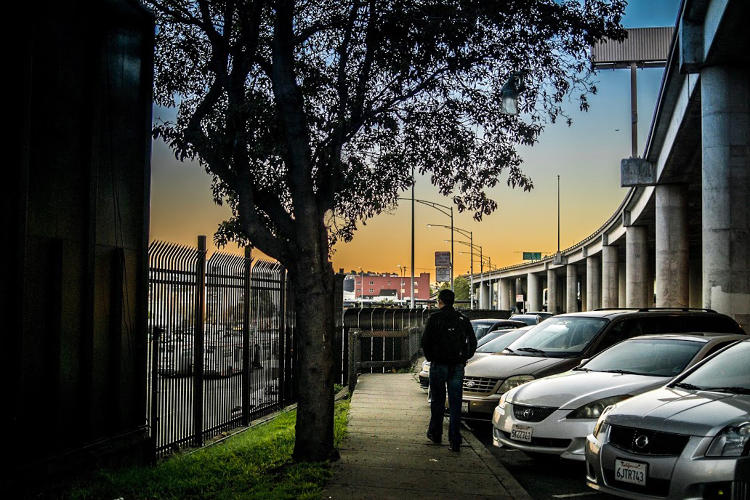
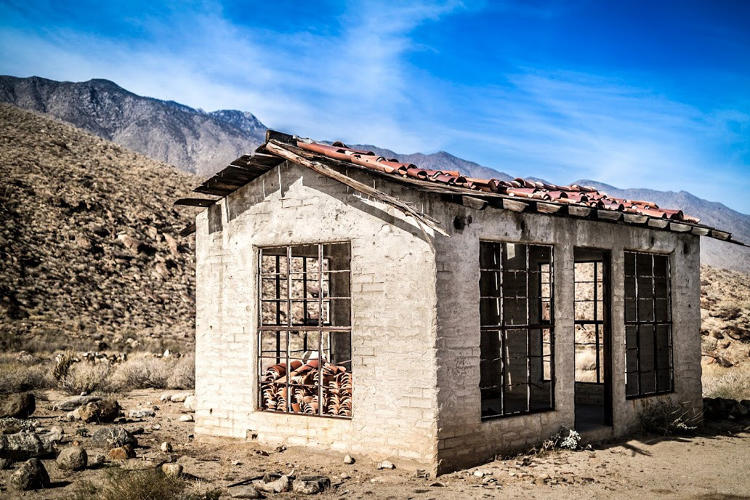

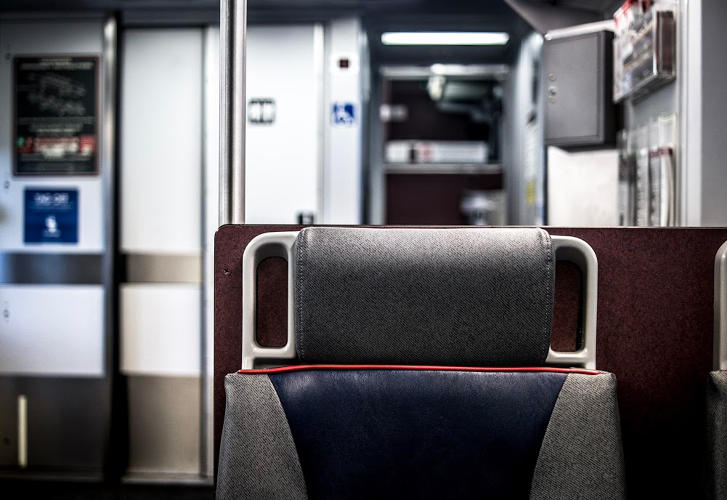
Fast Company , Read Full Story
(55)














